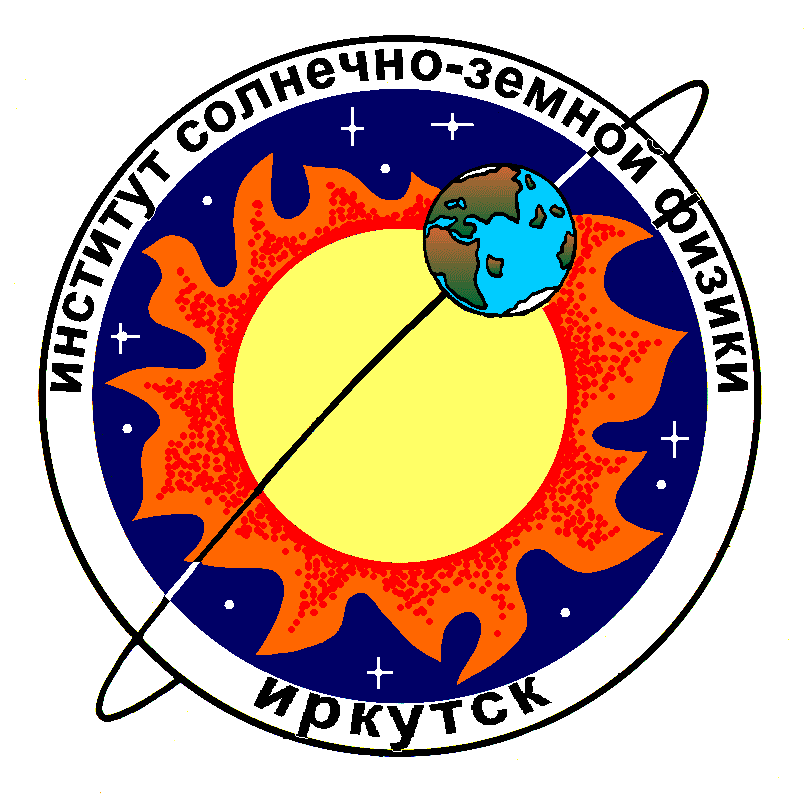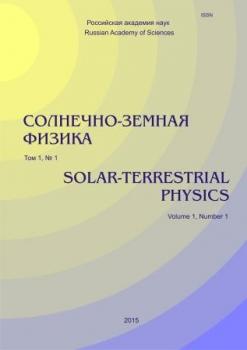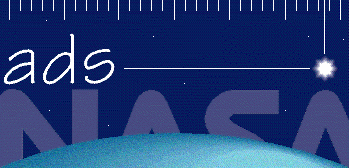Irkutsk, Russian Federation
Irkutsk, Russian Federation
The ionospheric electric potential (EP) is used as a heliogeophysical parameter to analyze tropospheric response to solar impacts during geomagnetic superstorms in solar cycle 23. According to observational data, the response of meteoparameters is shown to concur with EP variations during the November 20, 2003 geomagnetic superstorm caused by an extreme geoeffective event. The tropospheric response is time-shifted versus EP maximum during the July 15, 2000 magnetic superstorm: increased precipitable water is observed in 6 hrs; decreased outgoing longwave radiation, in 12 hrs; increased upper cloudiness, in 18 hrs. We have found that the amplitude of the meteoparameters’ response to EP variations during the July 15, 2000 magnetic superstorm is about half as low as that of the tropospheric response during the November 20, 2003 geomagnetic superstorm.
ionospheric electric potential, solar activity, geomagnetic index, outgoing longwave radiation, cloudiness, water vapor, climate
1. Blagoveshchenskaya N.F., Kornienko V.A., Borisova T.D., Moskvin I.V., Berdnikova M.Yu., Yanzhura A.S., Blagoveshchenskii D.V. Ionospheric effects during the main phase of the magnetic storm of November 20, 2003, in the European Arctic regions. Geomagnetizm i aeronomiya [Geomagnetism and Aeronomy]. 2005, vol. 45, iss. 1, pp. 60–70. (In Russian).
2. Ermolaev Yu.I., Zelenyi L.M., Zastenker G.N., Petrukovich A.A., Mitrofanov I.G., Litvak M.L., et al. Solar and heliospheric disturbances that resulted in the strongest magnetic storm of November 20, 2003. Geomagnetizm i aeronomiya [Geomagnetism and Aeronomy]. 2005, vol. 45, iss. 1, pp. 23–46. (In Russian).
3. Gavrilov B.G., Ryakhovskiy I.A., Markovich I.E., Lyakhov A.N., Egorov D.V. The applicability of the station and the planetary geomagnetic activity indices. Geliogeofizicheskie issledovaniya [Heliogeophys. Res.]. 2016, no. 15, pp. 42–48. (In Russian).
4. Grechnev V.V., Uralov A.M., Chertok I.M., Belov A.V., Filippov B.P., Slemzin V.A., Jackson B.V. A challenging solar eruptive event of 18 November 2003 and the causes of the 20 November geomagnetic superstorm. IV. Unusual magnetic cloud and overall scenario. Solar Phys. 2014, vol. 289, iss. 12, pp. 4653–4673. DOI:https://doi.org/10.1007/s11207-014-0596-5.
5. Harrison R.G., Lockwood M. Rapid indirect solar responses observed in the lower atmosphere. Proc. the Royal Society A. 2020, vol. 476, iss. 2241, p. 20200164.DOI:https://doi.org/10.1098/rspa.2020.0164.
6. Ishkov V.N. Properties of the current 23rd solar-activity cycle. Solar System Research. 2005, vol. 39, iss. 6, pp. 453–461.
7. Ishkov V.N. Space weather and specific features of the development of current solar cycle. Geomagnetizm i aeronomiya [Geomagnetism and Aeronomy]. 2018, vol. 58, iss. 6, pp. 753–767. DOI:https://doi.org/10.1134/S0016793218060051. (In Russian).
8. Karakhanyan A.A., Molodykh S.I. Ionospheric electric potential as an alternative indicator of solar effect on the lower atmosphere. Solar-Terrestrial Physics. 2023, vol. 9, iss. 2, pp. 103–106. DOI:https://doi.org/10.12737/stp-92202313.
9. Kim V.P., Hegal V.V., Min K.W., Lee J.J. Regional morphology features of electron concentration disturbances at the midlatitude F2-layer maximum during magnetic superstorm of July 15, 2000. Geomagnetizm i aeronomiya [Geomagnetism and Aeronomy]. 2011, vol. 51, iss. 2, pp. 254–266. DOI: 10.1134/ S0016793211020083. (In Russian).
10. Kleimenova N.G., Kozyreva O.V. The recovery phase of the superstrong magnetic storm of July 15–17, 2000: substorms and ULF pulsations. Geomagnetizm i aeronomiya [Geomagnetism and Aeronomy]. 2009, vol. 49, iss. 3, pp. 60–70. DOI:https://doi.org/10.1134/S0016793209030049. (In Russian).
11. Kniveton D.R., Tinsley B.A., Burns G.B., Bering E.A., Troshichev O.A. Variations in global cloud cover and the fair-weather vertical electric field. J. Atmos. Solar-Terr. Phys. 2008, vol. 70, iss. 13, pp. 1633–1642. DOI:https://doi.org/10.1016/j.jastp. 2008.07.001.
12. Kondratyev K.Ya. The global climate. SPb.: Nauka, St. Petersburg branch, 1992, 359 p.
13. Kondratyev K.Ya., Krapivin V.F. Earth’s radiation budget as an indicator of the global ecological equilibrium. Issledovanie Zemli iz kosmosa [Research of the Earth from Space]. 2006, no. 1, pp. 3–9. (In Russian).
14. Molodykh S.I., Zherebtsov G.A., Karakhanyan A.A. Estimation of solar activity impact on the outgoing infrared-radiation flux. Geomagnetizm i aeronomiya [Geomagnetism and Aeronomy]. 2020, vol. 60, iss. 2, pp. 205–211. DOI: 10.1134/ S0016793220020103. (In Russian).
15. Tinsley B.A. Influence of solar wind on the global electric circuit, and inferred effects on cloud microphysics, temperature, and dynamics in the troposphere. Space Sci. Rev. 2000, vol. 94, iss. 1-2, pp. 231–258.
16. Weimer D.R. An improved model of ionospheric electric potentials including substorm perturbations and application to the Geospace Environment Modeling November 24, 1996, event. J. Geophys. Res.: Space Phys. 2001, vol. 106, iss. A1, pp. 407–416.
17. Wielicki B.A., Barkstrom B.R., Harrison E.F., Lee III R.B., Smith G.L., Cooper, J.E. Clouds and the Earth’s Radiant Energy System (CERES): An Earth Observing System Experiment. Bulletin of the American Meteorological Society. 1996, vol. 77, iss. 5, pp. 853–868.
18. Yamazaki Y., Matzka J., Stolle C., Kervalishvili G., Rauberg J., Bronkalla O., et al. Geomagnetic activity index Hpo. Geophys. Res. Lett. 2022, vol. 49, iss. 10, e2022GL098860. DOI:https://doi.org/10.1029/2022GL098860.
19. URL: CERES_SYN1degEd4.1SubsettingandBrowsing (accessed July 5, 2024).
20. URL: https://omniweb.gsfc.nasa.gov/html/ow_data.html (accessed July 5, 2024).
21. URL: https://wdc.kugi.kyoto-u.ac.jp/wdc/Sec3.html (accessed July 5, 2024).


















